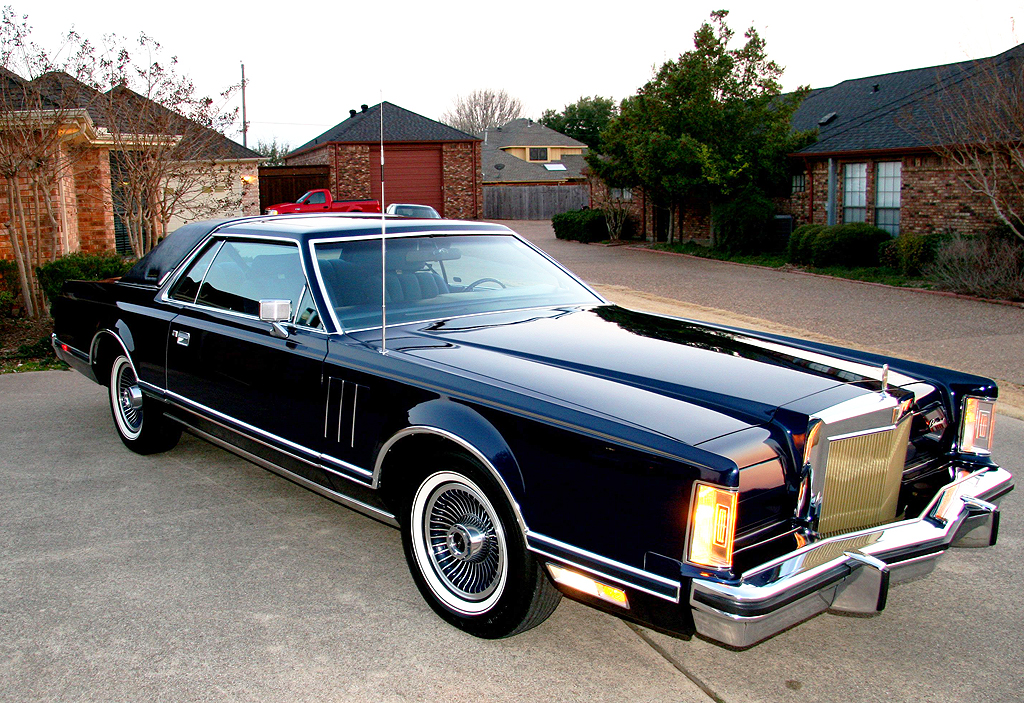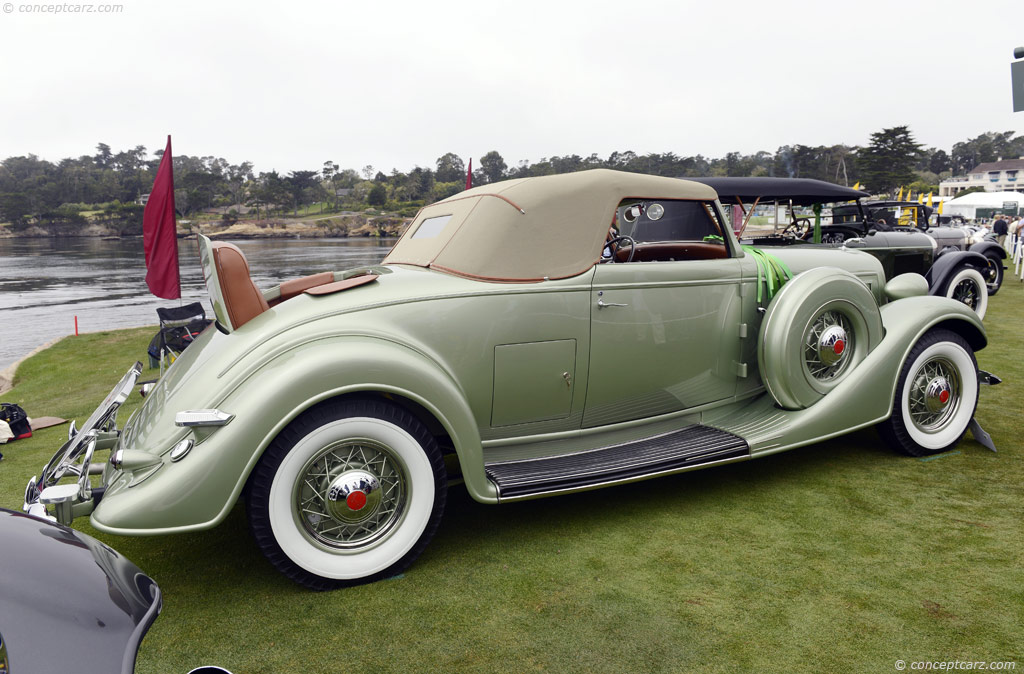
Posted on 07/14/2017 5:01:38 AM PDT by SJackson

A few days after the infamous July 13, 1977, New York City blackout, I joined a group of pals setting out from Park Slope, Brooklyn, a neighborhood that hadn’t yet gentrified, for Williamsburg, home to Hasidim and Puerto Ricans in the decades before it, too, became a hipster hot spot. Headed for Jack’s Pastrami King, our favorite restaurant, we were in a jovial mood, though New York was reeling from two days of rioting and looting, which had destroyed 1,600 stores. The riots were another blow to a city still struggling to rebound from its near-bankruptcy of 1975.
Jack’s Pastrami King was famous for hand-sliced pastrami, served on delicious rye bread smeared with Ba-Tampte mustard, with “healthy” sides of potato salad, coleslaw, and fabulous sour pickles included. The restaurant’s reputation was built on the meats smoked on site, in its basement. Jack, explained our friend Louis Menashe, who grew up around the corner, smoked the pastrami in cedar, not the customary hickory, and flavored it with fresh garlic, not garlic salt. This was food fit for the hardworking Jewish manual laborers who had hailed from the Russian Pale of Settlement 75 years earlier.
The restaurant’s fame was such that a mutual friend’s wife, an airline stewardess, made regular deliveries of its corned beef, pastrami, and rye bread to Louis’s friends in Paris. But what amazed us was the day we heard an enormous commotion as we were sitting and stuffing ourselves. Three guys had just come in from San Juan, via JFK, to pick up several thousand dollars’ worth of smoked meats, sides, and rye bread. They brusquely paid in cash, shouting at the largely Latino staff, already hustling, to “hurry up, we’ve got a plane to catch.” The food was packed in Styrofoam to keep it as fresh as possible for the return trip. Apparently, they had carefully coordinated their trip so that they could quickly return to San Juan for what we gathered to be a party of some sort.
. But when we returned to the neighborhood in the aftermath of the riots and looting, we were in for an unpleasant surprise. So many stores and building had been torched that we couldn’t find the restaurant. Louis, who knew the neighborhood best, wasn’t with us, and without him we were clueless. The driver, Freddy, circled round and round; we saw block after block in ruins, until we were able to make out what we thought might be the charred remains of Jack’s. Freddy pulled over, and I stepped out to ask some guys standing on the sidewalk if the burned-out building behind them had, in fact, been the restaurant. (We must have been naive to assume that Jack’s Pastrami King would survive the riots, but we couldn’t believe that anyone would destroy a restaurant that provided pleasure to so many people.) Several told me, smirking, that the looted building had been “liberated.” I had no response but bewilderment. It was only later, in l’esprit de escalier, that I wished that I’d asked them how many people had lost work due to the looting.
Today, the graffiti and gang violence of the 1970s evoke a contrived nostalgia on the part of some hipsters, many of whom hail from out of town but wish that they could have been part of the funky seventies as evoked by Saturday Night Fever and other films of the time. But as a native New Yorker, I look back on the seventies as a kidney stone of a decade—a decade in which I heard the frightening, reverberating thud of a truck crashing through the old elevated West Side Highway a few blocks from my apartment. The city was too caught up in expanding its welfare system to pay much attention to small matters like bridge and road repair.
The dreadful 1977 riots hit Brooklyn the hardest of New York’s boroughs; the poorer the neighborhood, the greater the damage. The damage that I sustained was relatively trivial, but instructive: told that the vandalism that had destroyed Jack’s Pastrami King was an act of liberation, I lost much of my political innocence. The city itself had been mugged, I realized. I’m still haunted by that moment from 40 years ago, when my political reeducation began
Oops!! 😳😱
I suppose the same can be said for women.

You can say that again!


At least his political re-education didn’t require that he be mugged to wake up and smell the coffee. It just really comes down to the fact that it doesn’t take much to reveal the base human nature and its penchant for greed and envy. In NYC in the 70s, just turn out the lights...
I remember watching a TV interview with a looter who maintained with a big smile that the blackout was “God letting us get even with Da Man!” Frightening!
Maybe. Liking ‘70’s cars is kinda like preferring the girl in the lower picture, a taste that trends toward chunky. For my money the most beautiful luxury cars were built in the ‘20s and 30s.
Lived in NYC at the time. Fortunately it was a “safe” neighborhood. The rioting & looting (mostly looting & torching buildings) centered mostly on areas the rioters/looters themselves lived in, and did not expand to other areas that much.
As for riots, I think the 1960s riots were worse.
Note on the ‘70s Lincoln in the picture the trim piece is visibly lower on the door than on trailing edge of the fender. American ‘70s quality control, gotta love it?
Would that have been the same Abe Beame who had served two terms as NYC Comptroller under both Wagner and Lindsay and who, once he became Mayor, decried that he just couldn't understand the City's bookkeeping?
Why yes, yes it was. You see, I remember.
Use to have an ‘88 town car. That Mark 5 is a thing of beauty.
Notice the openwork gates on the looted shops. The looters had been keeping trucks with hook devices on them in garages, ever since the mid-sixties when the last blackout occurred.
When the lights went out, they got in those trucks and promptly tore the gates off of any shop they fancied.
After that, the store owners needed solid gates to get any kind of break-in or riot insurance.
The West Side was a nightmare. A friend and I thought we could visit someone on Amsterdam Avenue safely if we took a taxi both ways.
On our way home, some guys from a Puerto Rican gang tried to get inside the cab with us. I thought fast (or was inspired from above) and made believe I thought they wanted to share the cab, so I started graciously motioning them to get in. Then we heard a shout: “Chico say no!” And they retreated.
My brave escort, who had participated in the Columbia nastiness a couple of years earlier, was shriveled up in the far side of the back seat.


1973 Pontiac Grand Am, with factory sunroof

My parents had a later model version of that car, known to the family as The Batmobile (black interior and exterior).
Love those too.

Cadillac V-16 Roadster 1930-31

1935 Lincoln Model K

And the huge luxury cars from the 1930s weren't (clunky)?
Now you are posting some automotive eye candy.
Two Blackouts and a World of Difference -
www.nytimes.com/1977/07/16/archives/two-blackouts-and-a-world-of...
Jul 16, 1977 · Two Blackouts and a World of Difference. ... 1977, Page 8 The New York Times Archives. ... who was Mayor when the 1965 blackout occurred.
John Lindsay was mayor 1965.
Abe Beame was mayor 1977.
Disclaimer: Opinions posted on Free Republic are those of the individual posters and do not necessarily represent the opinion of Free Republic or its management. All materials posted herein are protected by copyright law and the exemption for fair use of copyrighted works.